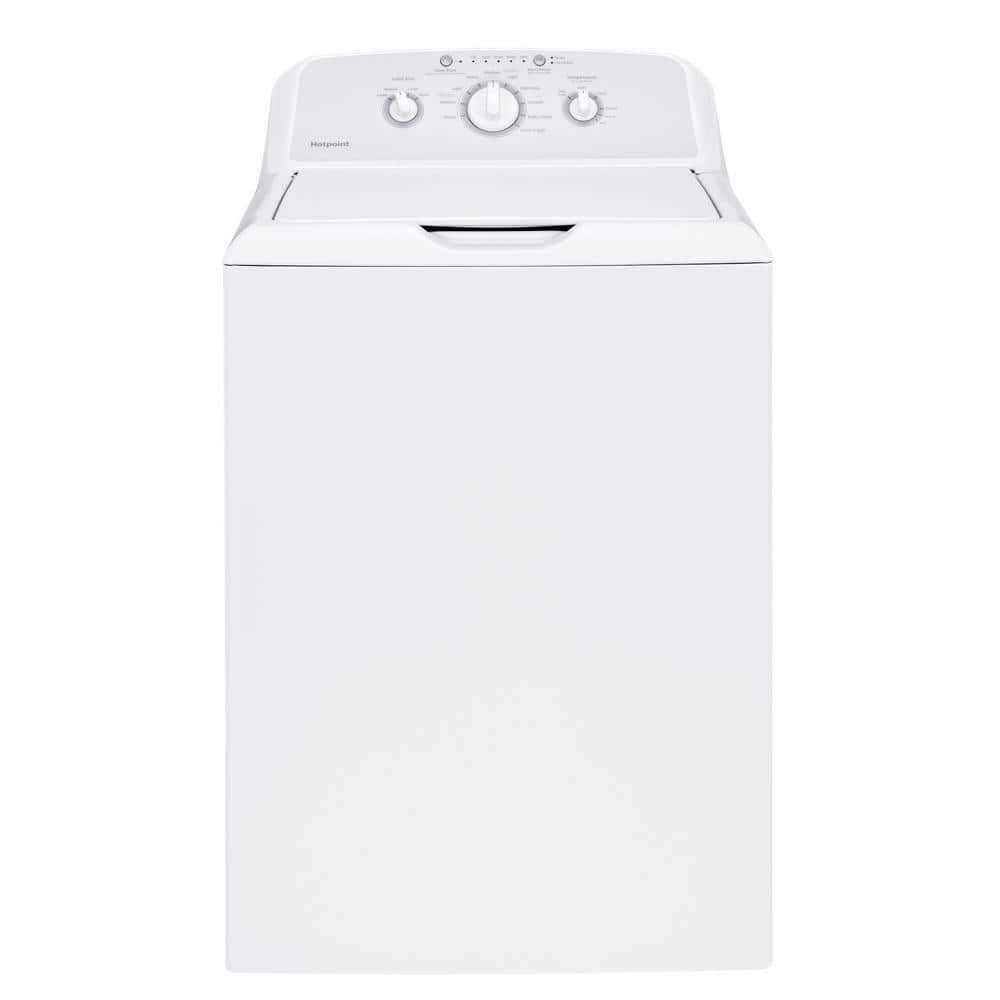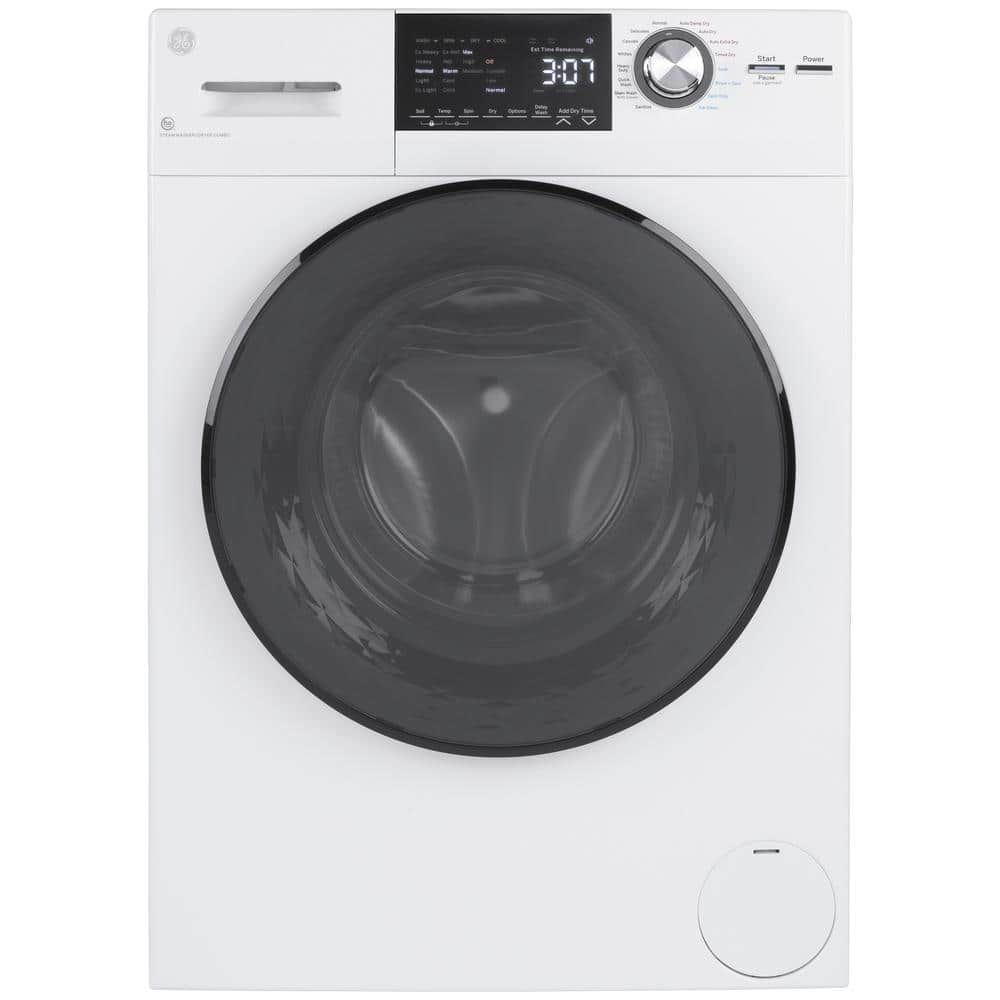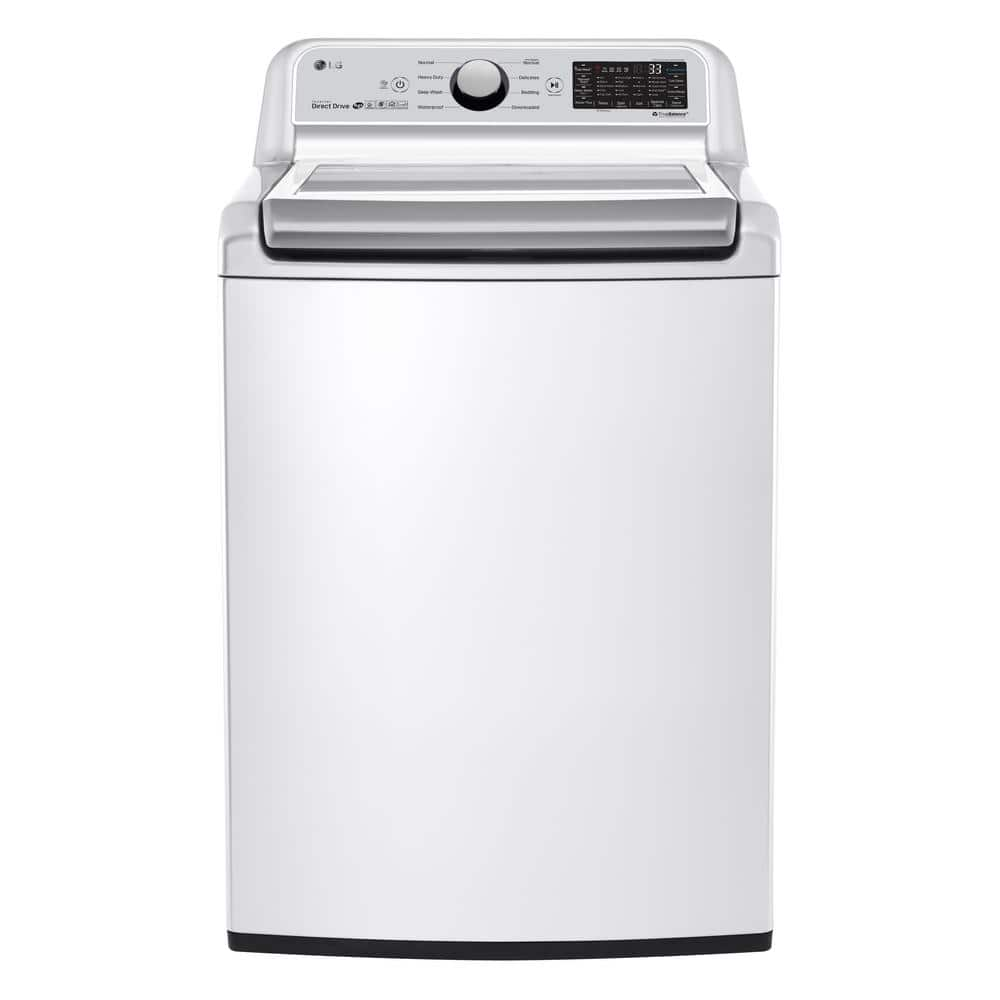LG Electronics 7.4 cu. ft. Ultra Large Black Steel Smart Electric Vented Dryer with Sensor Dry, TurboSteam and Wi-Fi Enabled
7.4 cu. ft. pedestal compatible or stackable LG Electric Dryer. LG washer and dryer- pair w/ WM4000HBA washer. TurboSteam technology reduces wrinkles and odor.
Meet the intelligent dryer that helps you save time and enhances fabric care, all at the same time. TurboSteam technology reduces wrinkles and odors in up to 5 garments to refresh clothes in between washes. Built-in intelligence automatically selects the right drying motions, temperatures and more, and even talks to your washer to select a compatible cycle-making it the ultimate laundry hack. You’ll even score high on the durability and style scale, thanks to the scratch-resistant tempered glass door and rose gold accents.
- Free up your day-fit more clothes in every load with 7.4 cu. ft. of space, running fewer loads saves energy and money on your utility bill
- Steam refresh clothes in between washes, refresh instantly with TurboSteam that generates steam penetrating deep into fabrics
- Built-in intelligence takes out the guesswork – AI technology selects optimal dry motions and settings, washer can auto-select a compatible drying cycle
- With sensor dry, the dryer can detect moisture and automatically adjust drying time for loads of all sizes – saving energy with less wear and tear on clothes
- LG front load washers and dryers are the first to use tempered glass doors for a sleek, stylish look that resists shock and scratches
- The premium feel is further enhanced by matching door trim and control knob accents
- High efficiency sensor drying and low-heat settings save energy and money by using about 20% less energy than conventional models without sacrificing features or performance
- Handles surprisingly big loads with a compact, closet depth design that offers plenty of installation options
- Aluminized alloy steel drum has toughness and an attractive finish that will last for years
- Designed for quiet operation, run the dryer without interrupting naptime or your favorite show
- Dryer door can easily be reversed from a right swing to a left swing in minutes to give you more installation options
- Periodically tumbles dry for up to 3 hours after the cycle is done to help keep wrinkles at bay
- FlowSense duct clogging indicator will tell you when it’s time to clean the ducts out, clean ducts mean a great drying every time
Additional information
| Depth With Door Open 90 Degrees (In) | 51.38 in. |
|---|---|
| Door Opening Height (In.) | 16.06 |
| Door Opening Width (In.) | 16.06 |
| Product Depth x Height x Width (in.) | 30.12 x 39 x 27 |
| Certifications and Listings | CSA Listed,Energy Star |
| Manufacturer Warranty | Limited warranty: 1 Year Parts & Labor, 10 Years Drum |






by Diamo
we purchased a pair and this dryer is nice and quiet, and dries really quick. looks nice and love the led drum light. we have them in a pass thru laundry room and the look good.
by Hart
Amazing features and super sleek. We love it!!! Only a month and we can’t get enough of awesome the washer works.
by Ronald
We bought this dryer and the WM4000 washer together, the dryer has a lot of great cycles and is easy to set the cycles you want, it is very quiet – – we can barely hear it downstairs when it is running upstairs, no vibration at all. The ThinQ app was a little hard to set up and we could not pair it with the washer. either, as I thought we could. But, overall we are very happy with our purchase.
by Chris
I bought my washer and dryer set about a month ago and I am so so so in love with them!
by Alan
If you use energy saving, it takes long time to dry. Too expensive. We bought this to match washer we had to buy.
by Rack
I thought my previous LG washer was wonderful. My new LG is WONDERFUL. Features make it so easy to pick the perfect wash for fabric and/or dirt level. Most of my laundry can use cold water with desired results.